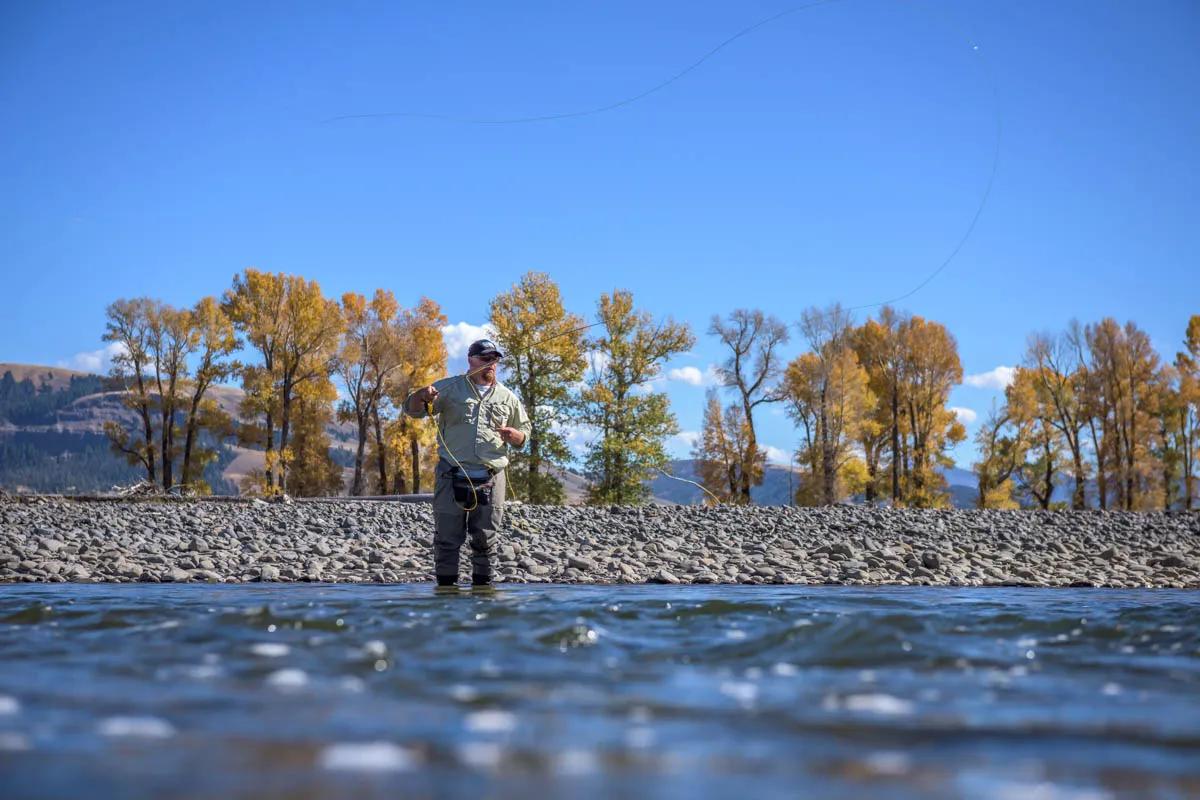
Visions of fly fishing in Montana in the fall conjure up leaves changing colors, mountain peaks dusted with fresh snow, and happy anglers holding large brown trout. The fall season in Montana is eagerly awaited each year by local and long-time visiting anglers. There are plenty of great months to go fly fishing in Montana, but September, October, and November offer up rivers and local angling towns that have a completely different feel than the busy summer months. If you plan to go fly fishing in Montana this fall, be sure to have these proven flies in your box.
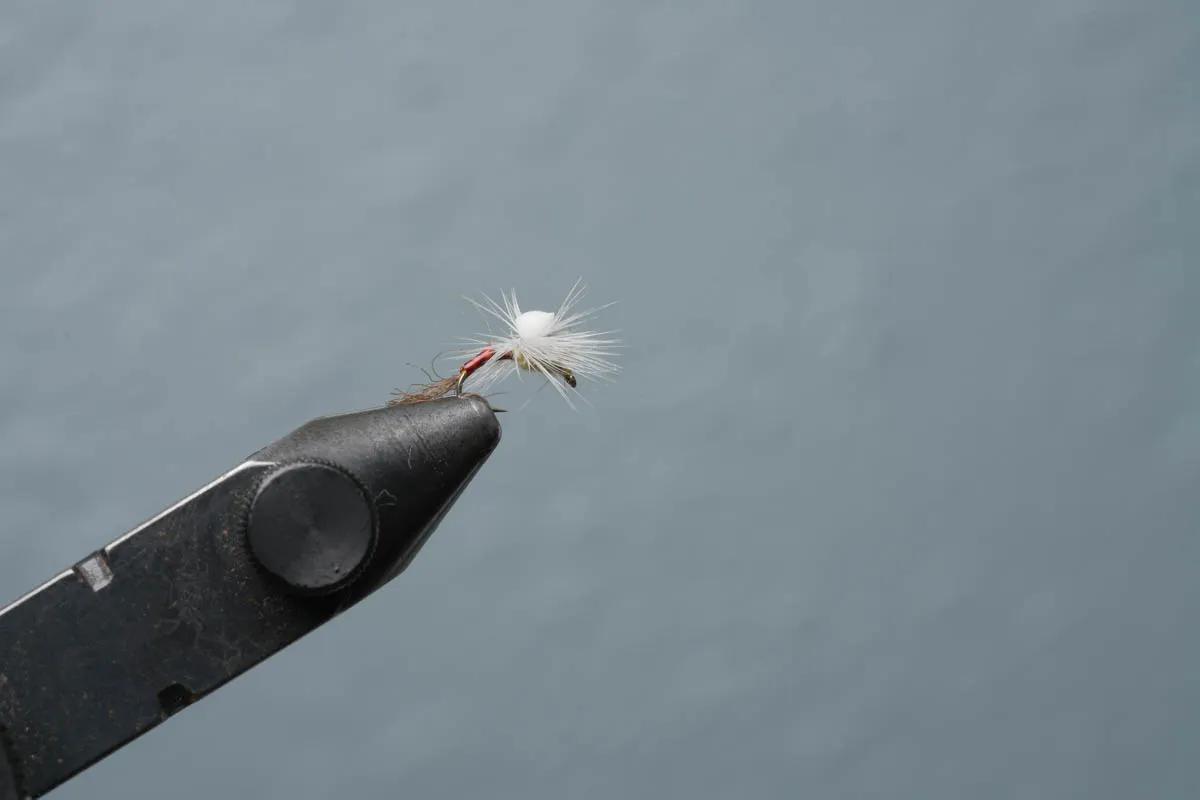
Sprout Baetis Emerger. With roots from Hat Creek and the Henry's Fork, Bob Brooks invented this fly to trick the picky trout on these two very technical fisheries. Tied to imitate an emerging mayfly, this fly sits just below the surface film, where the hatching insects are easy pickings for trout. Incorporated into the fly is a piece of white foam. The foam holds the body of the fly in the surface film and allows the angler to see the fly. The most common hatch in fall are small mayflies, Blue Winged Olives (BWOs), and this fly can imitate an emerging BWO or an adult.
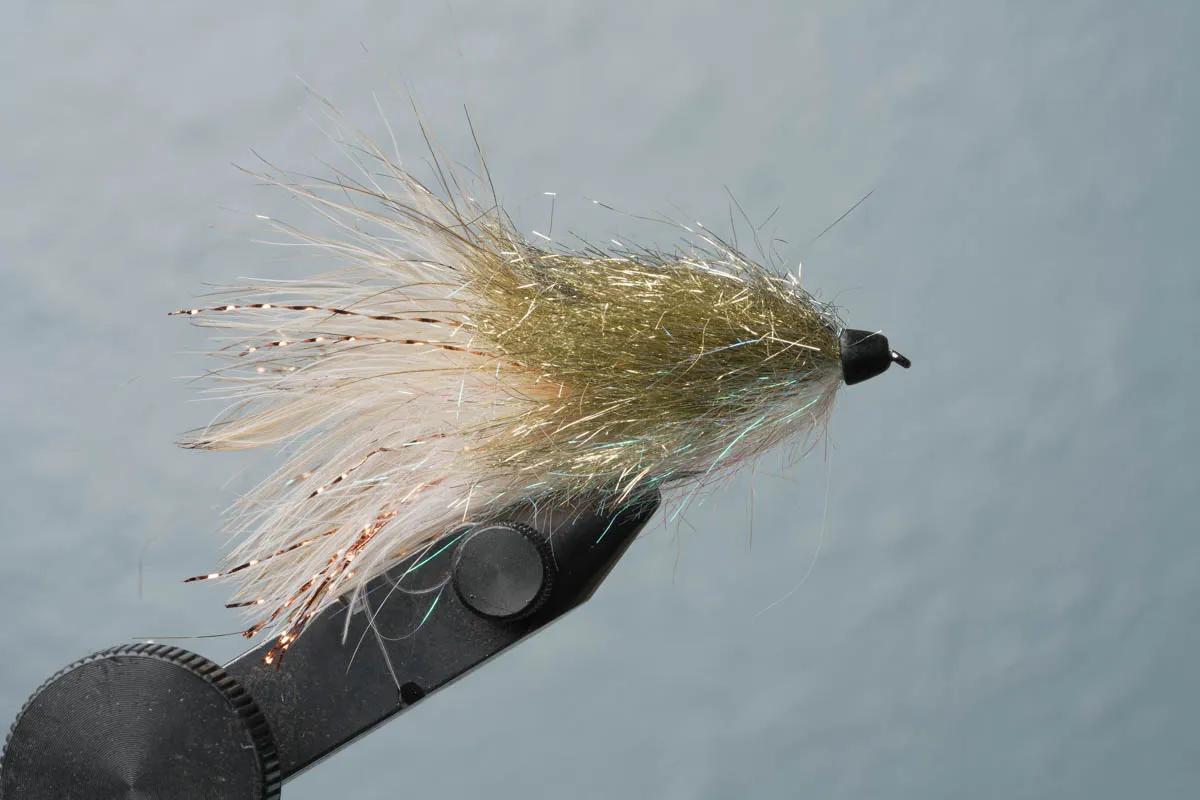
Sparkle Minnow. For almost two decades now, the Woolly Bugger has taken a back seat to the Sparkle Minnow. The beauty of this fly is how simple it fishes—there are no articulated hooks to get tangled and its conehead makes casting easy. The ice dubbing pulses when stripped or puffs when dead-drifted. If you have not yet discovered the Sparkle Minnow, well, that’s less fish you’ll discover too. Our veteran Montana fly fishing guides have the used the Sparkle Minnow for a long time as either a single fly or part of a two-fly rig. Greg Coffey was the original creator of this fly meant for bass, but it quickly became a go-to for fly when fly fishing streamers for large trout.
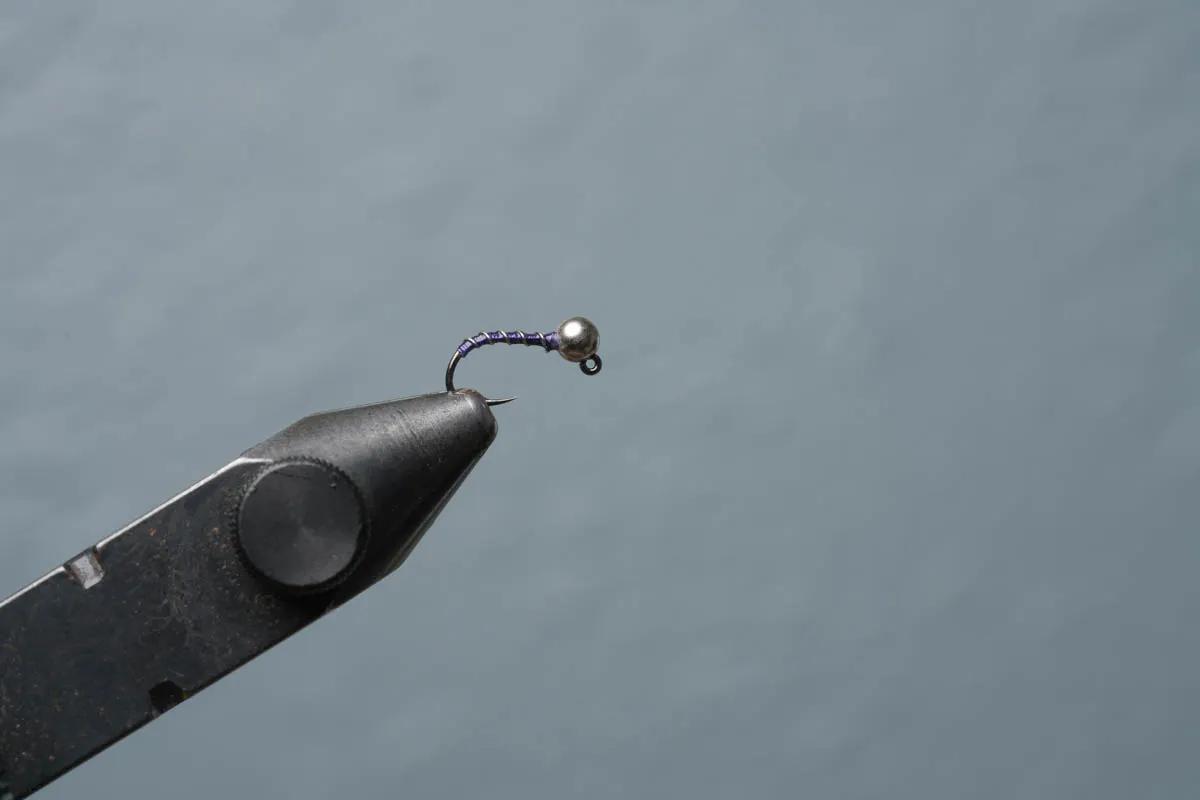
Beadhead Zebra Midge. Perhaps one of the most versatile flies out there, this fly is so simple, but so effective. Tailwater and spring creek anglers fish this fly regularly, but it can also be very good on freestone rivers during low water conditions of fall. At its heart, it’s a fly tied to imitate a midge pupa or emerging midge. However, the Zebra Midge is not just for imitating midges. It works very well for a mayfly nymph. Blue Winged Olives are most active on cool, cloudy days—which are common on most fly fishing rivers in Montana in fall. The low and clear water conditions can make trout more selective, therefore a selection of Zebra midges should be in your box.
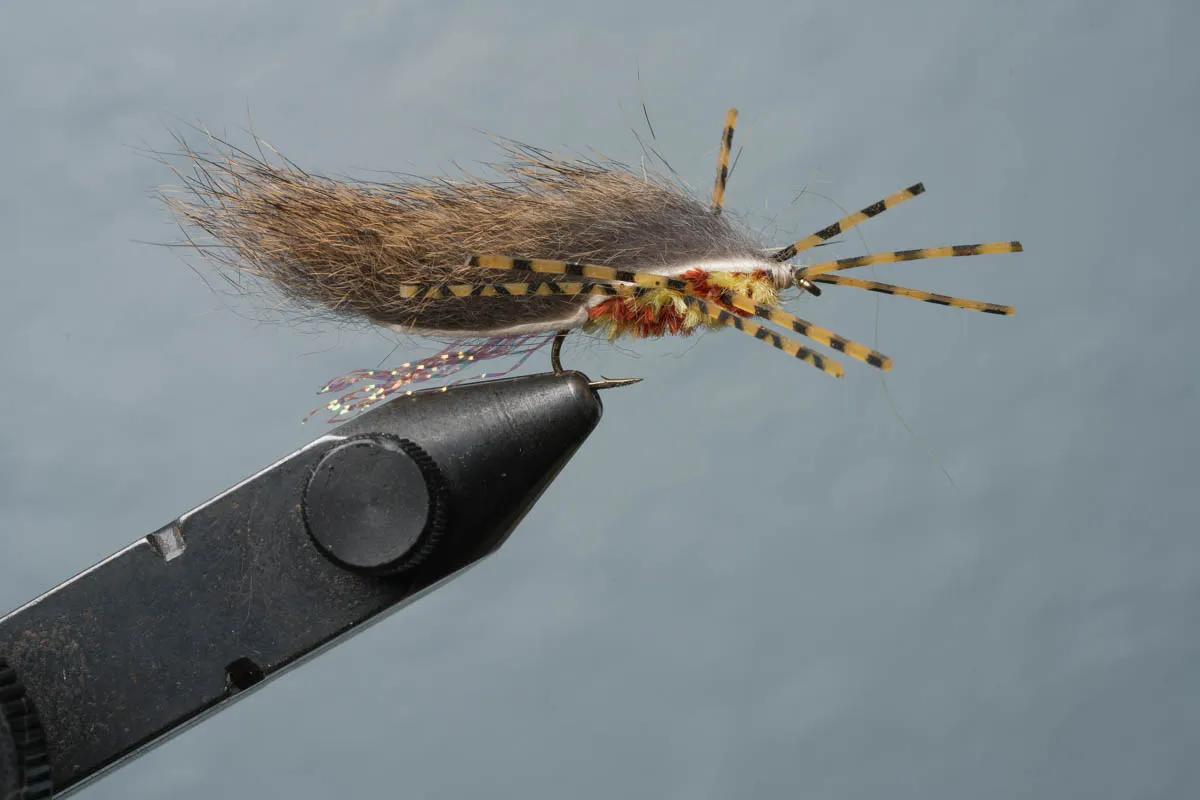
Zirdle or Sculpzilla. Choosing the best pattern between these two is difficult...so we choose both. These two patterns are intended to imitate baitfish and larger food sources, such as crayfish or nocturnal stoneflies, which can still hatch in fall. They can be fished with action or dead-drifted under an indicator.
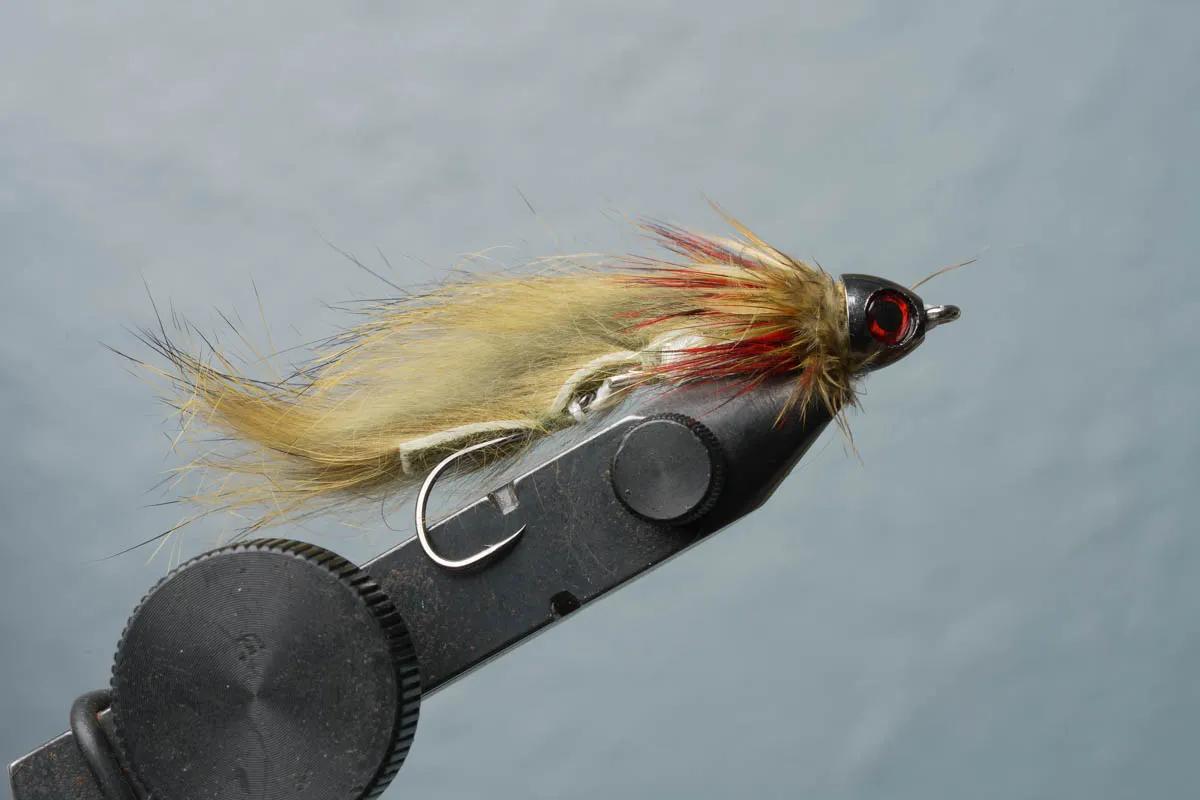
As brown trout grow more aggressive and become territorial before spawning, large flies imitating a threat or big meal should be fished. When choosing a color, a widely accepted rule is to choose a light-colored fly on a sunny day and a dark-colored fly on a cloudy day.
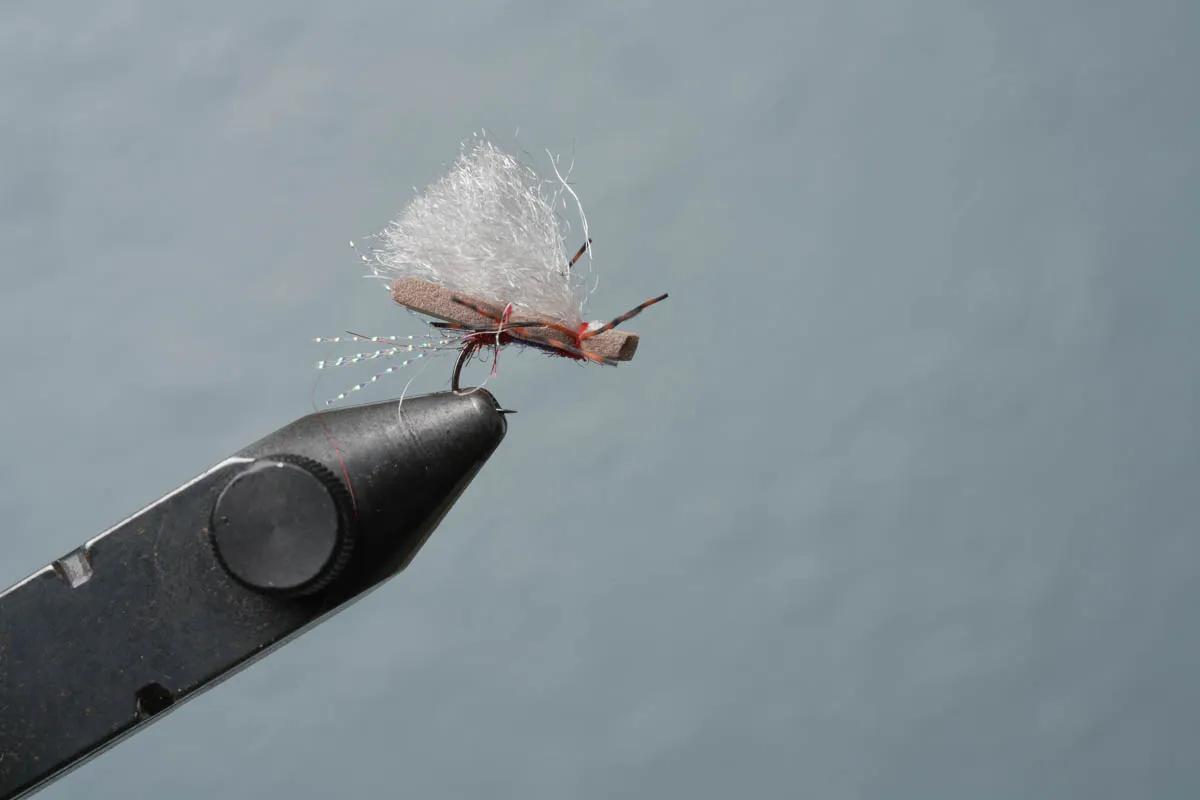
Chubby Chernobyl. Perhaps this is a surprise for some anglers to see a big, bushy dry fly on this list. While a fly more frequently associated with stoneflies and terrestrials isn't necessarily thought of as an ideal fall pattern, this one is a great choice for fly fishing in the fall in Montana. A Chubby Chernobyl can imitate October caddis and these insects can hatch in small numbers on all of our rivers. The natural insects are large—often an inch or 2 wide—so trout do not ignore them. You will not see October caddis blanketing the water, but fish a Chubby Chernobyl as the surface fly to prospect and smaller beadhead (perhaps a Zebra midge) as the dropper and you’ll find some success.
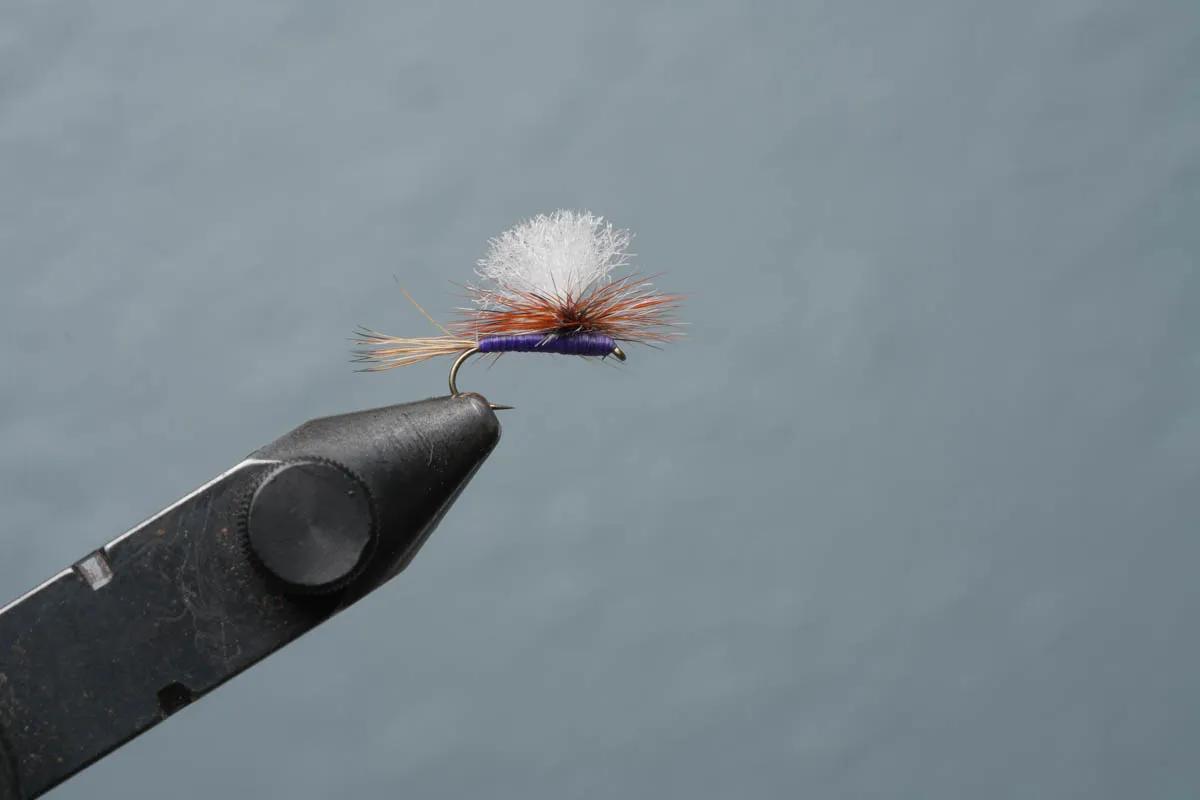
Parachute Purple Haze. This fly is a variation of the time-tested Parachute Adams. Originally used on tailwaters like the Missouri and Madison Rivers, this fly is essential to have in the fall when the potential for a Blue Winged Olive hatch is high...which could occur on any given day. A regular Parachute Adams will work fine, but watching thousands of fish eat dry flies on various Parachute dries has taught our Montana fly fishing guides that the purple body makes a difference.
Fly fishing in Montana in the fall is a unique experience. The hustle and bustle of summer tourist season is gone, which means the pace of things is a lot slower. Many local anglers are also in the hills hunting for wild game so there is even less people on the water in the fall season. There are a variety of hatches that occur in the fall as well, so dry fly anglers can find some good sight-fishing opportunities. The fall also carries with it the reputation for producing some of the largest brown trout of the year. The fall fly fishing season in Montana has a long and loyal following...and for good reason.
